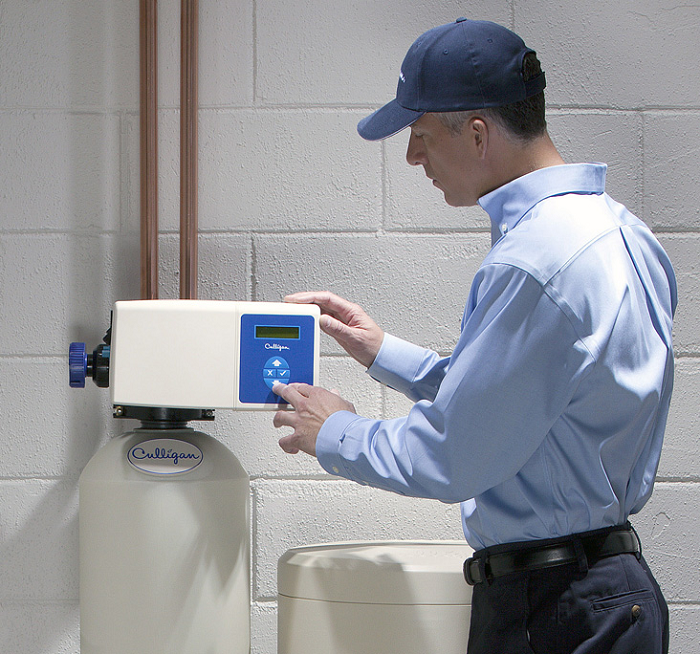
There are several tips for maintaining a water softener system. They include monitoring the injector, cleaning the brine tank, and salt mushing. You can also ask your plumber for advice.
Cleaning the Brine Tank
Cleaning the brine tank of a water softener systems Grants Pass is important to ensure the water quality is maintained. It is also helpful for troubleshooting and prevents sediment from clogging the tank.
The first step in cleaning your brine tank is disconnecting the water supply. You will need a large bucket or wet vac to drain the tank. If you have a mesh platform at the base of your tank, you will need to remove it and set it aside.
Next, add a little warm, clean water to the tank. This helps dissolve any salt bridges. After this, you can rinse out the brine with a garden hose.
You can pour a few gallons of household bleach into the brine tank for a more thorough cleaning. Make sure to follow the directions on the package for this step.
Monitoring the Salt Bridge
If you have a water softener system, you must close your eye on its salt bridge. This is a layer of hard crust that forms between the salt and water. It is a sign of a problem, so you should take care of it as soon as possible.
Several different factors can cause this type of problem. These include humid air temperatures, high humidity, overfilling, and using the wrong salt.
Luckily, a simple test can tell you whether or not a salt bridge is present. To check for the salt bridge, you should push the broom’s handle against the brine tank’s side.
The most important part of the water softener is its brine tank. It would help if you filled this tank with high-quality salt. When the salt levels get low, drain the tank and refill it.
Monitoring the Injector
The water softener injector is a part of your water treatment system that is vital to its operation. If it is clogged, the water softener won’t perform correctly. This can lead to poor performance and even failure of your entire water treatment system.
The injector is a venturi device, meaning it creates a suction to draw brine from the brine tank and into the resin tank. The liquid brine cannot be drawn into the mineral tank when the injector is plugged in. That means no soft water.
It’s important to check your injector periodically. This can be done with a simple tool, such as a Q tip or toothpick. A plugged injector can cause the brine to overflow into the salt tank.
Cleaning your injector can help improve the performance of your water softener. This is especially important if you have well water with a lot of sediment.
Salt Mushing
Salt mushing can prevent your water softener from performing to its fullest potential. While it’s not necessarily a major concern, it can lead to serious damage. To avoid this, you should take steps to maintain your system.
First, you should monitor your salt levels. It would help if you did not fill up the brine tank more than two-thirds of its capacity. If the tank gets overfilled, it can cause the softener to run out of salt.
Additionally, it would help if you cleaned the brine tank periodically. This will help keep your water softener working its best for as long as possible. Then, it would help if you refilled the tank with a fresh salt supply.
In addition to cleaning your system, you should also check the water level to ensure it isn’t getting clogged. Too much salt can clog up the water inlet valves, making it hard for water to enter the softener.




